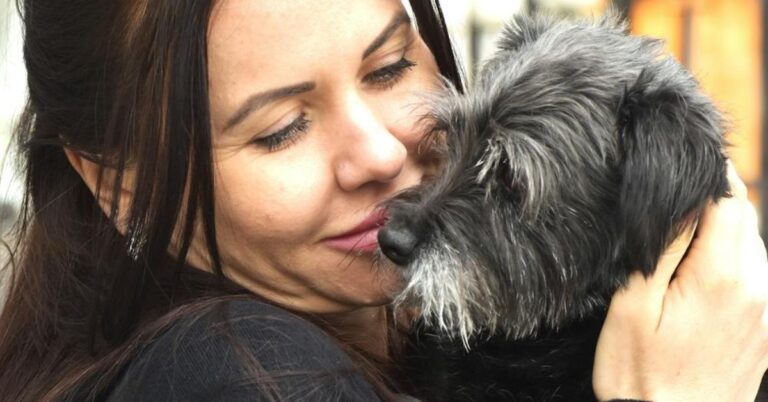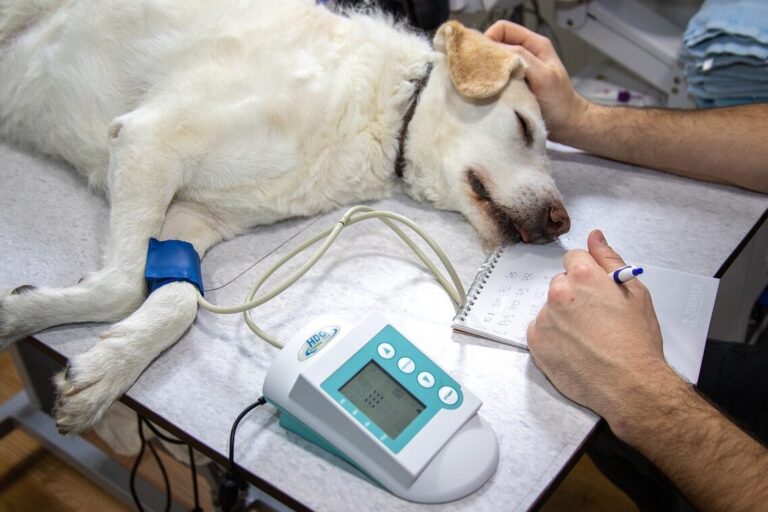15 Ways Dogs Speak Without Words
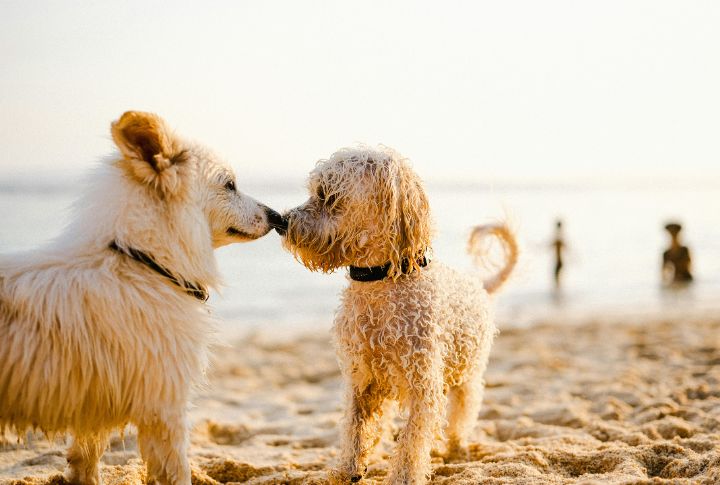
Dogs are highly social creatures with their own complex language. While they may not speak like humans, they use a variety of social cues to communicate their emotions. Learning to read them can deepen your connection with your dog and help you understand their needs. Here are 15 common signals to watch for.
Tail Wagging
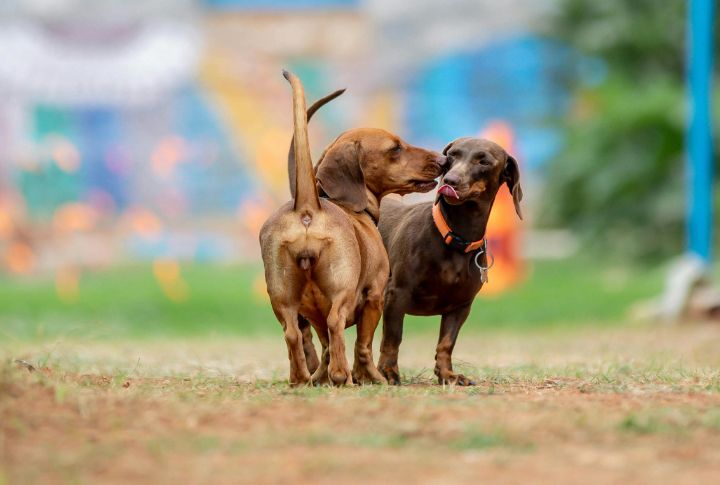
A wagging tail isn’t always a sign of happiness. Among dogs, a slow wag may indicate caution, while a fast wag with a loose body shows friendliness. The tail’s position also matters; a high wag often means confidence, while a low wag may signal submission.
Facial Expressions
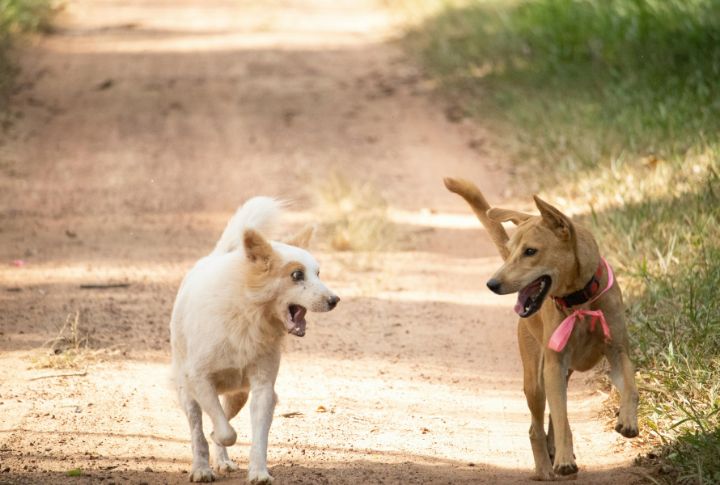
By observing their facial expressions, dogs can understand how their fellow canines are feeling. This is one thing that dogs have in common with humans. A relaxed, open mouth often shows contentment, while a direct stare can signify dominance. Raised eyebrows or blinking may show curiosity or submission.
Barking
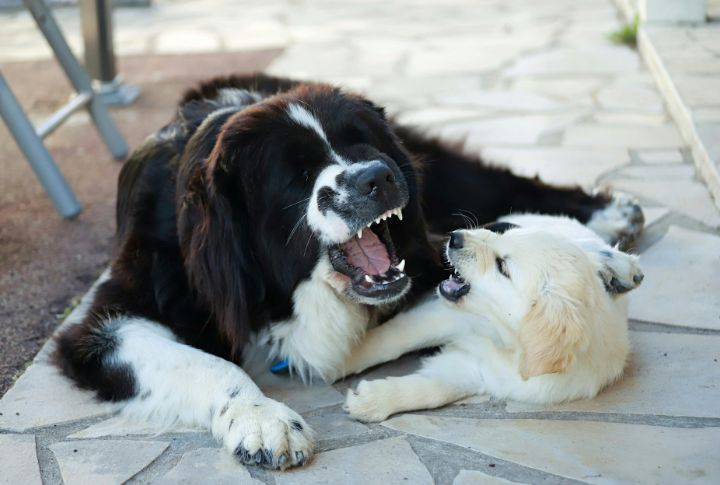
Through barking, dogs can warn others of danger, signal play, or express excitement. So, depending on the tone and frequency of the bark, these pups can quickly grab the attention of their fellows. For example, rapid barking could be a warning, while a single, short bark is often a friendly greeting.
Growling

While growling is often considered a sign of aggression, it’s also a dog’s way of expressing discomfort or warning others to back off. Sometimes, dogs growl during play, signaling that they’re engaged but not actually angry. It’s a versatile vocal tool that dogs use to set boundaries.
Body Posture
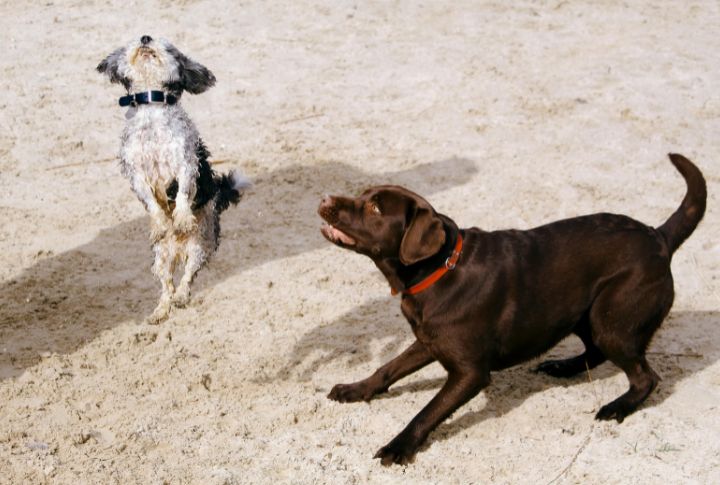
Another form of canine communication is body posture. Dogs can assert dominance through a stiff standing posture, while a dog rolling onto its back shows submission. Playful dogs often display a “play bow,” with their front legs down and rear end up, inviting others to join the fun.
Scent Marking
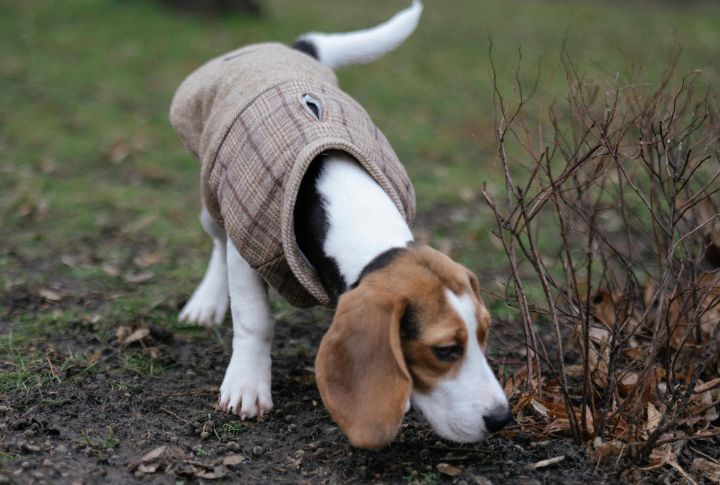
The stench of dog urine is never pleasant, but stinking up your home is not your pup’s intention. By sniffing where another dog has peed, dogs gather information about the dog’s reproductive health, age, and emotional state. It’s also an essential part of how dogs communicate dominance and territory.
Teeth Baring
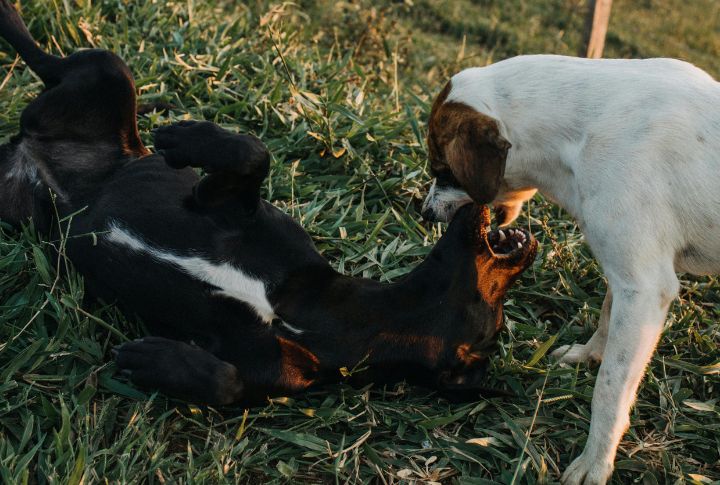
In some playful interactions, a quick flash of teeth might be part of roughhousing, as long as it’s followed by relaxed body language. But it can also be a warning to steer clear. This is often paired with growling and may result in an attack on other dogs or even young children if ignored.
Freezing
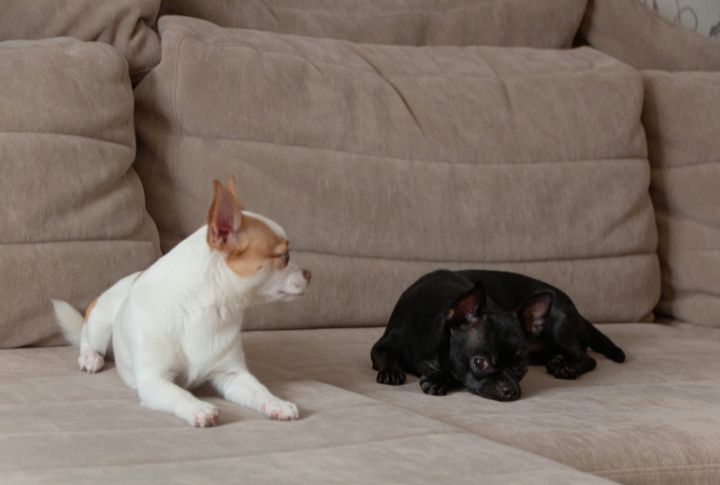
When a dog suddenly goes still, it’s usually a sign of tension. This “freezing” behavior happens when a dog is assessing a situation or deciding whether to confront or avoid another dog. Other dogs recognize this as a moment of evaluation and may respond by either backing off or calming down.
Ear Positioning
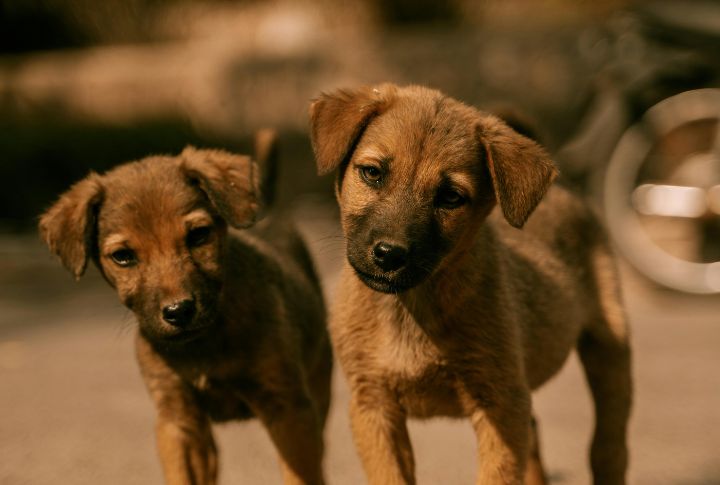
Ears can reveal a lot about a dog’s mood. When a dog’s ears are perked up, they’re alert and paying attention. Pinned-back ears, on the other hand, signal fear or submission. And if their ears rotate in different directions, they listen to things from afar. Dogs watch each other’s ears closely to understand their intentions.
Raising Hackles
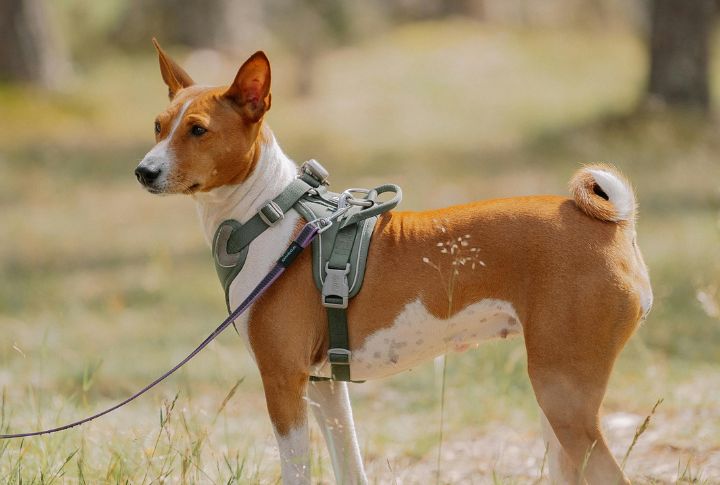
Hackles are long, hair-like structures located along an animal’s spine. When a dog’s hackles are raised, it means they’re on high alert. This occurs when the dog feels threatened or excited. Dogs use this to communicate readiness for confrontation, fear, or stress.
Howling
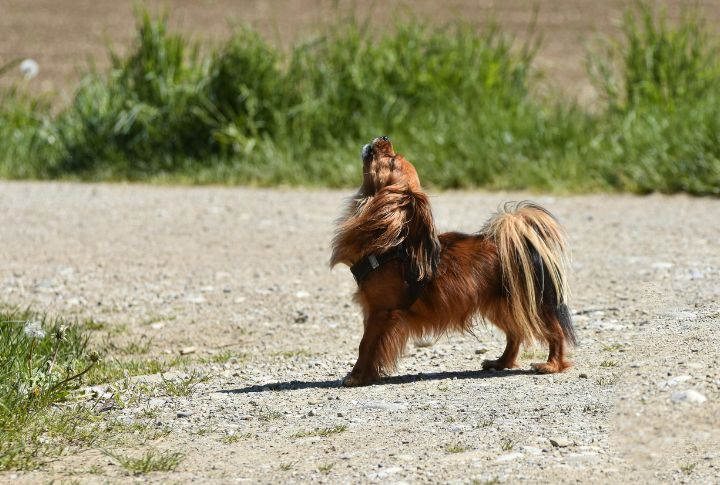
This is a long-distance form of communication used when dogs want to connect with those out of sight. With howling, these canines can alert other dogs to their location or bring attention to something important. Note that excessive howling can also mean your dog is hurt and requires medical attention.
Panting
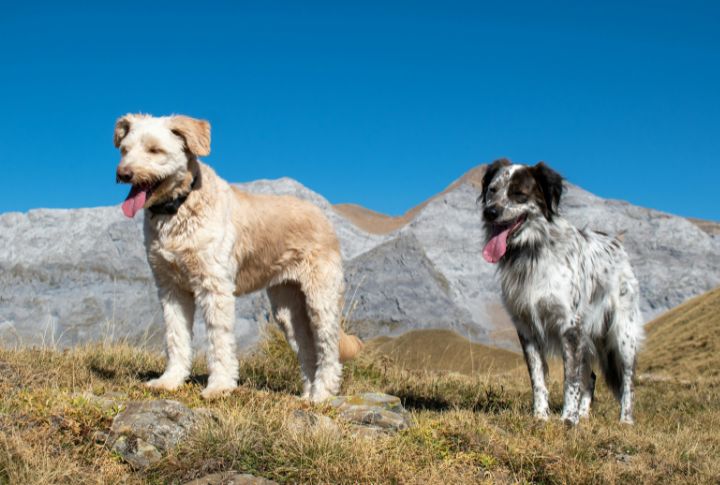
Panting isn’t just a sign of physical exertion or heat regulation; it can also indicate stress or excitement. Dogs may pant when they’re nervous or uncertain in a social situation. Panting subtly signals discomfort or fear to other dogs. Even when interacting with humans, dogs still pant to convey these different feelings.
Sniffing
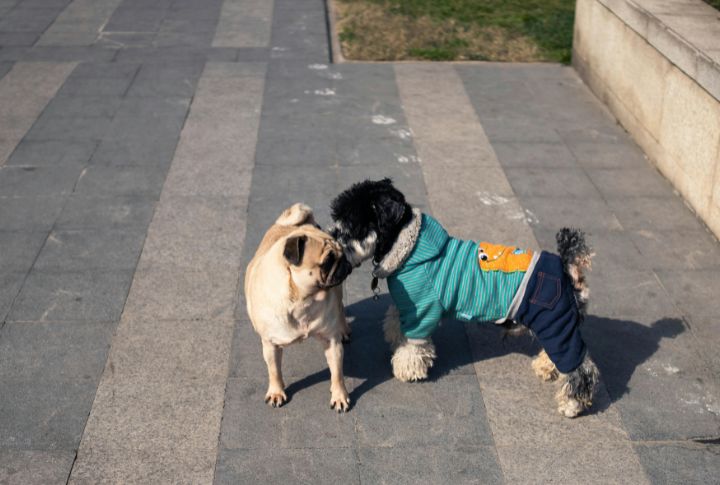
Your furry pet’s impeccable sense of smell is not solely useful on a hunting trip. When dogs sniff each other, they gather information about the other dog’s health, mood, and reproductive status or are just saying hello. It’s a non-verbal form of communication that is vital in the canine world.
Whining
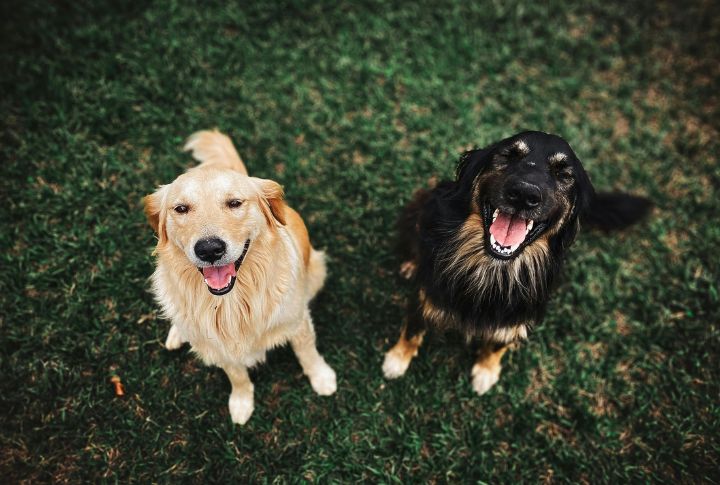
Whining is often a sign of submission or a request for attention. If one dog whines at another, it could be asking for play, expressing excitement, or trying to avoid confrontation. Dogs use whining to soften social situations and communicate their intentions without escalating conflict.
Licking
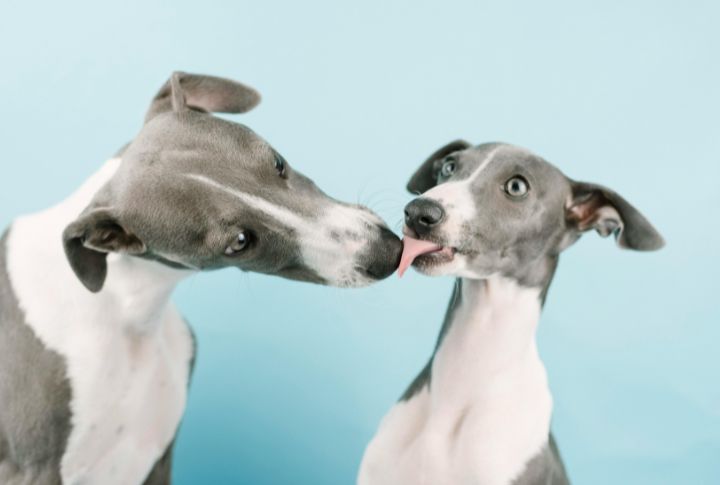
This is a social gesture that dogs use for bonding. Puppies lick their mother’s face to ask for food, and adult dogs lick each other to show submission or affection. It’s a gentle way of saying, “I’m friendly” or “I respect you.” If your pup licks you regularly, it’s a pretty good sign you’re its favorite person.
